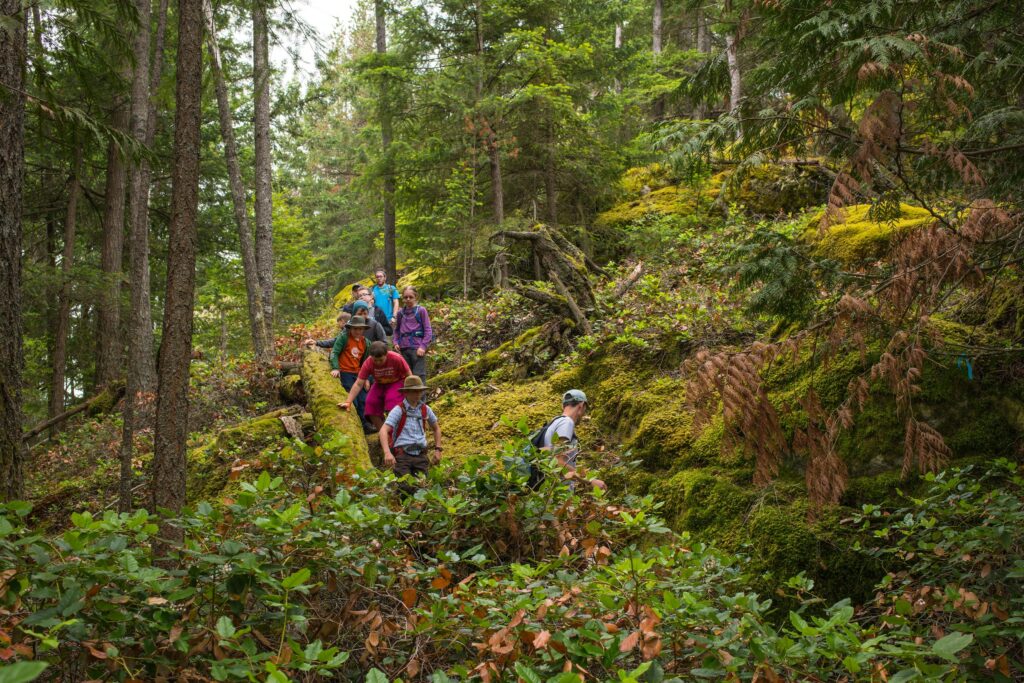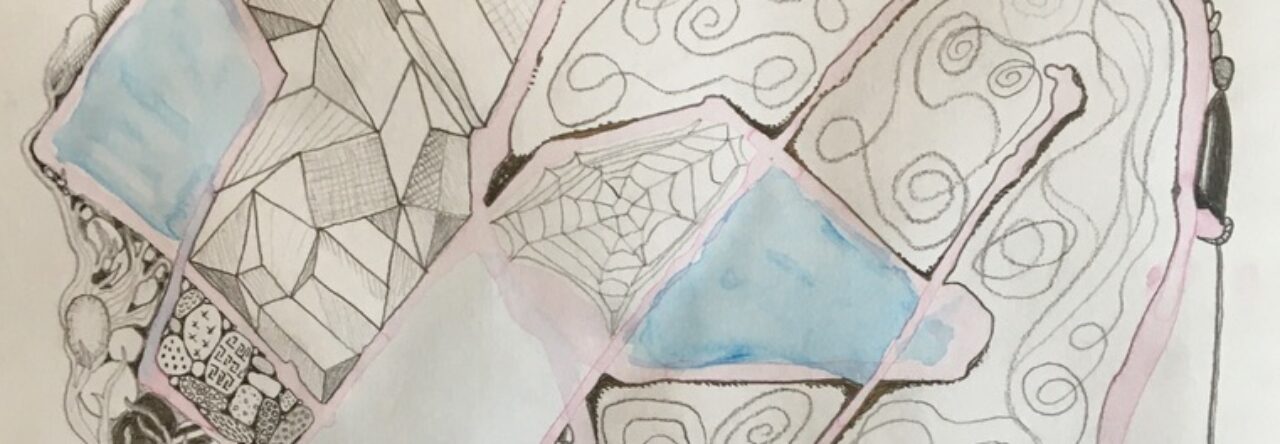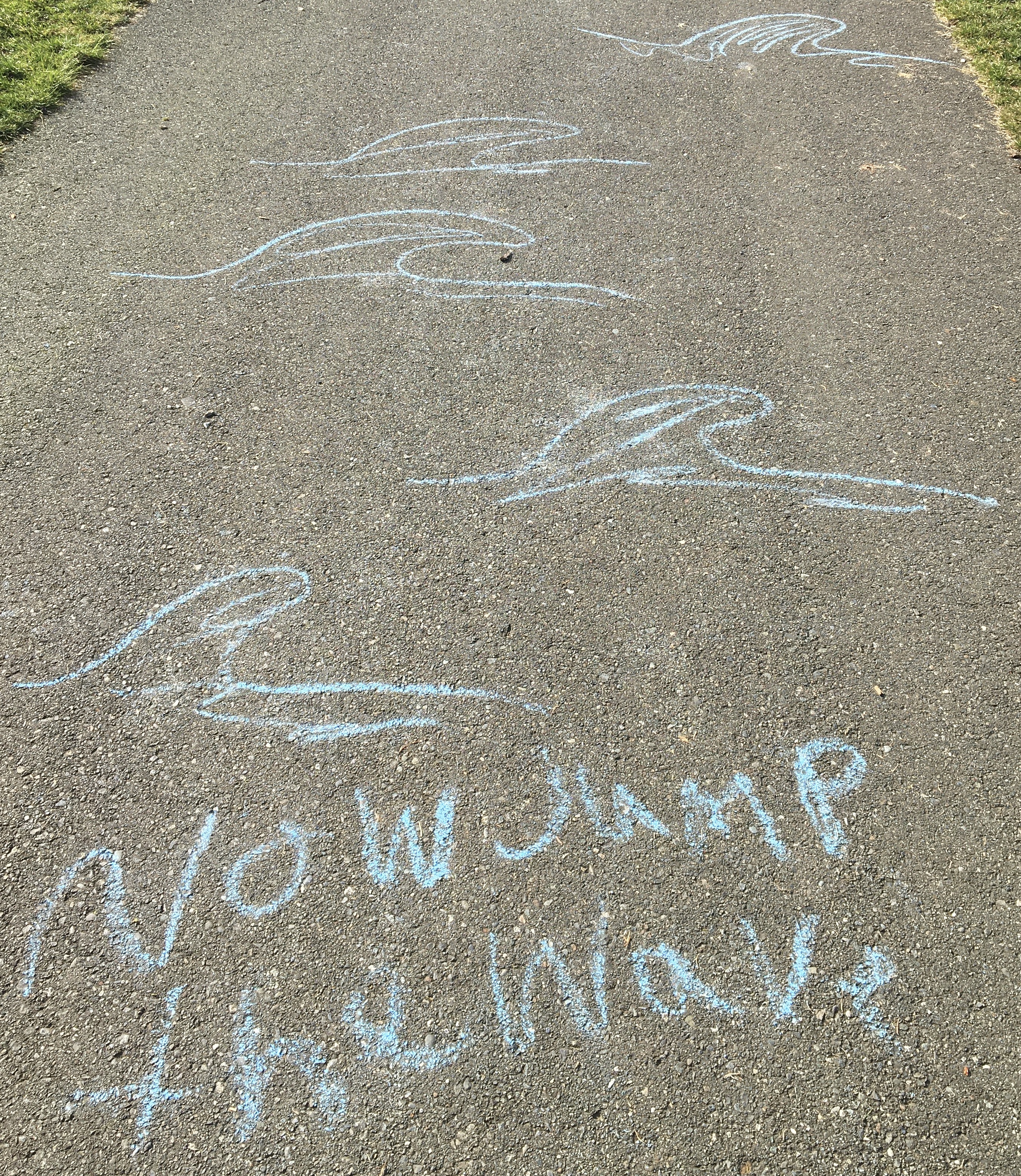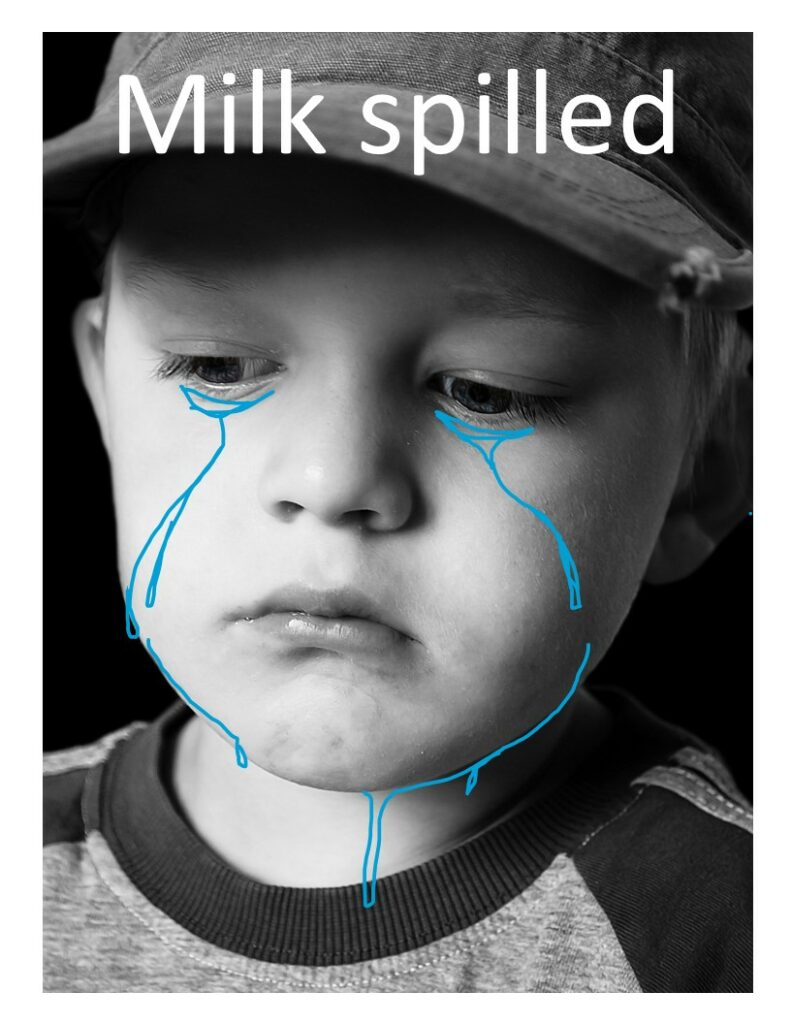My favourite sentence from Asimov’s “The Fun They Had.” Looks like kids will still be mean to each other in the future.
As for what I think teaching will look like in 2050, well, that’s really not that far away and will depend heavily on politics. Predicting the future is in large part predicting what people collectively will want. I expect that alongside our desire for novelty, people will continue to desire familiarity and a sense of stability, and this should slow change, despite what might be possible (and in many ways attractive) technologically.
But it could look quite like “The Fun They Had”—kids working with individualized AI tutors. I suppose it’s likely there will still be some kind of daytime learning congregation for kids—in part because parents may still want their kids out of the way, and in part because kids do like being around other kids. But we could easily see more group-homeschool hybrid situations—where parents take turns teaching and supervising a small group of kids, in a more flexible, versatile mini-school, perhaps without a single dedicated location. I bet we will.
In schools generally, classes will continue to rely ever more heavily on pre-packaged YouTube-style educational videos, and teachers will largely revert to what they’ve always been at a fundamental level: babysitters.
At the same time there will be a small sub-culture of screen rejection. We’ll have another back-to-the-woods historical moment where families are unplugging to go live in caves and trees. Sort of a hunter-gatherer revival. That’ll be fun.

My one longstanding that’ll-be-the-day technology idea is for computers (or whatever “devices” are popular) to have smell reproduction capabilities, much like they now include instant image and sound reproduction from anywhere in the world. So I can smell the meal my brother’s having in Thailand, besides seeing it and talking with him. That really will be the day.






